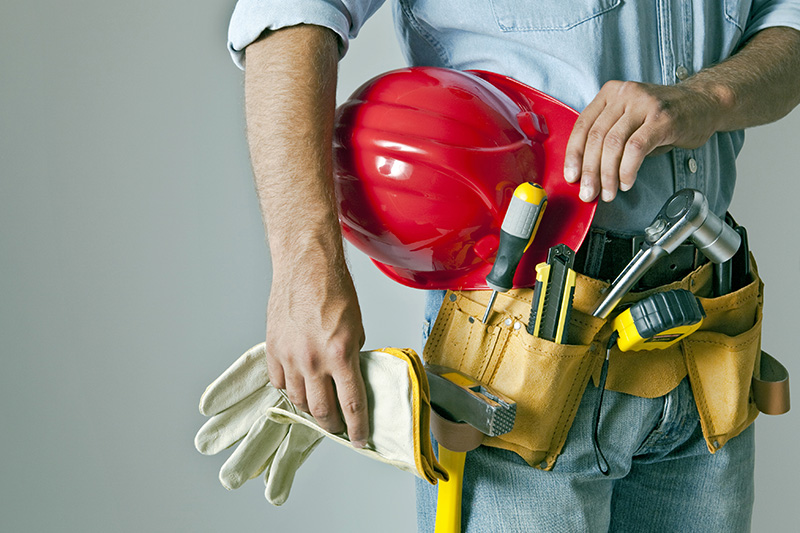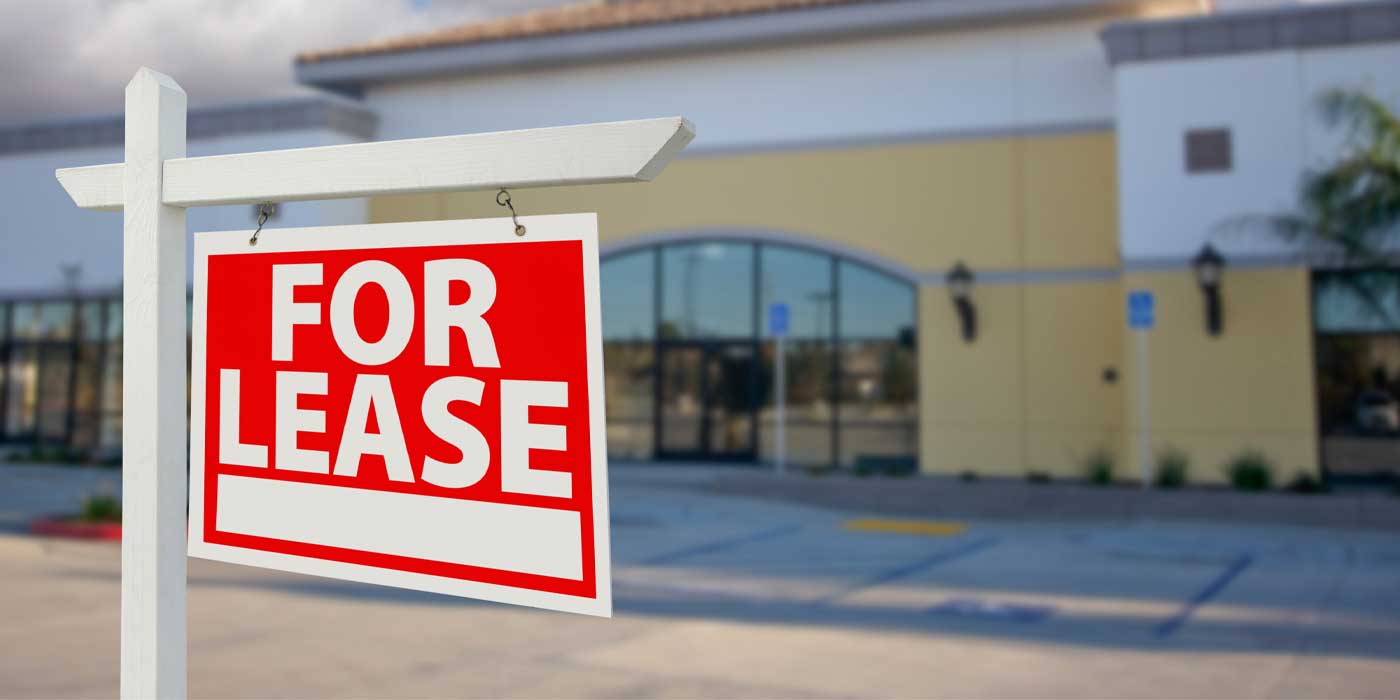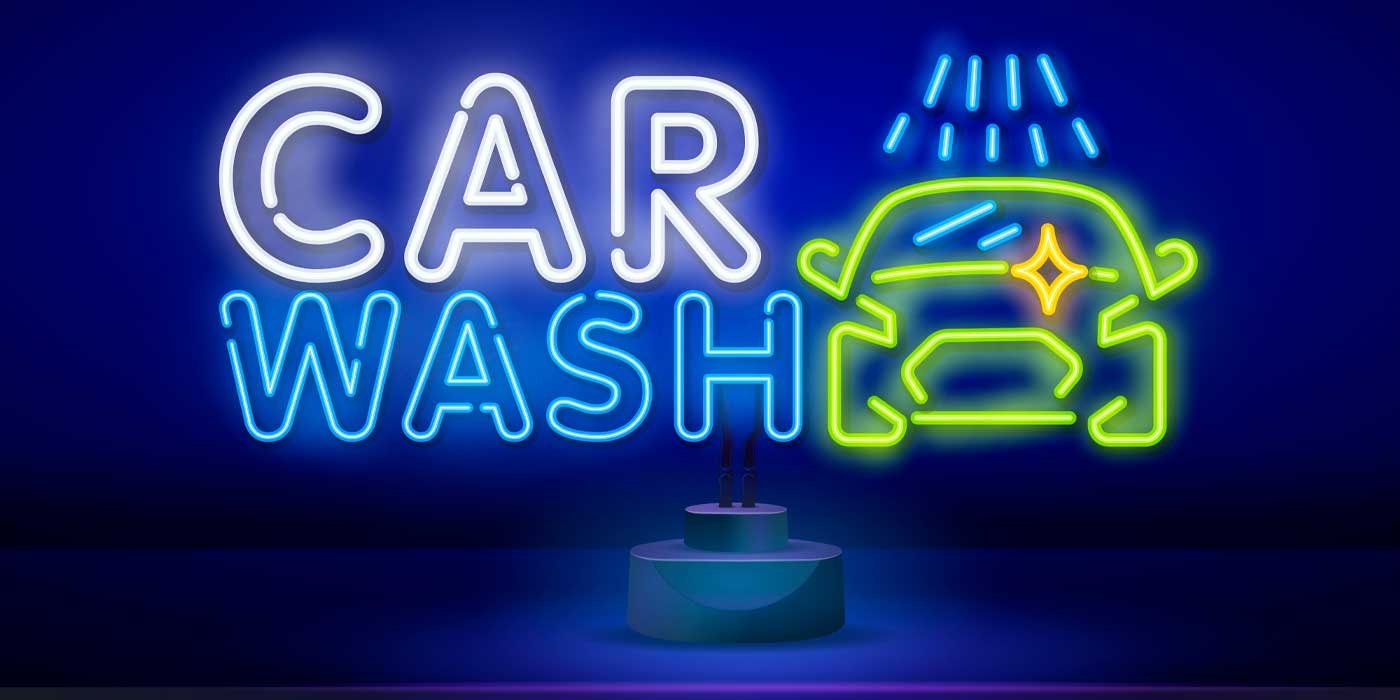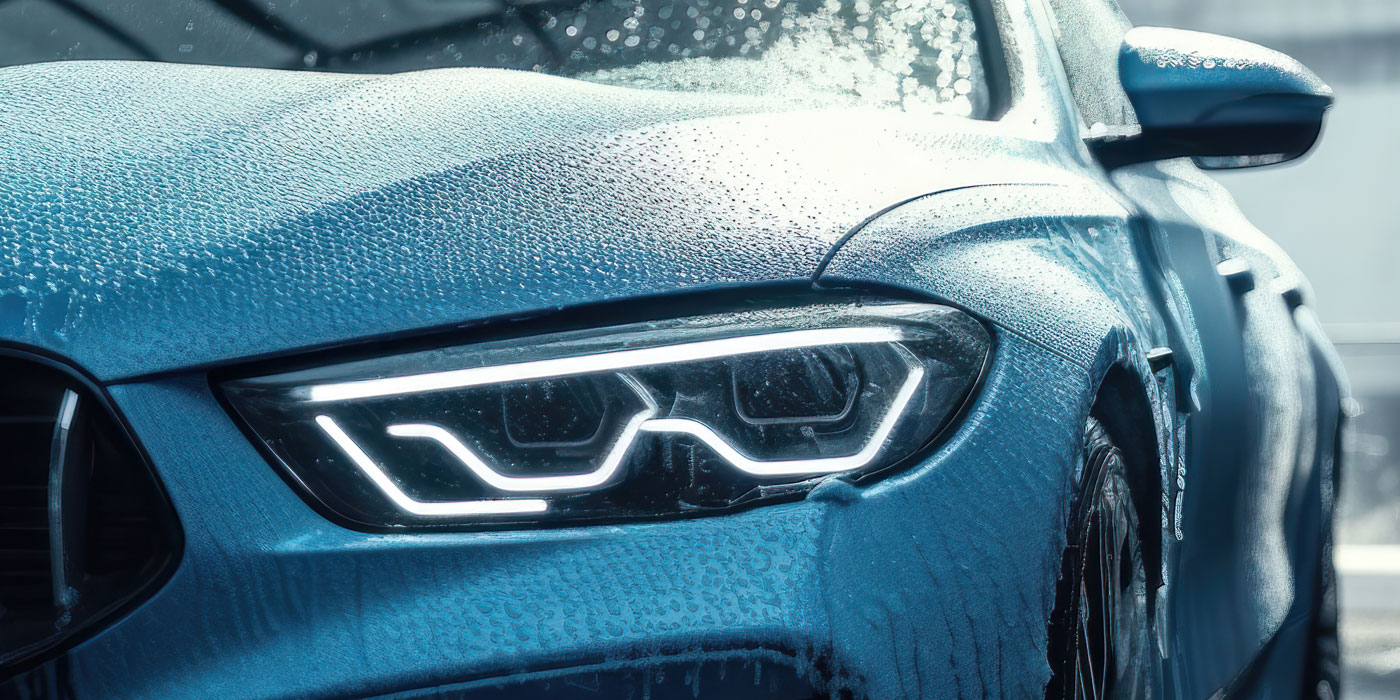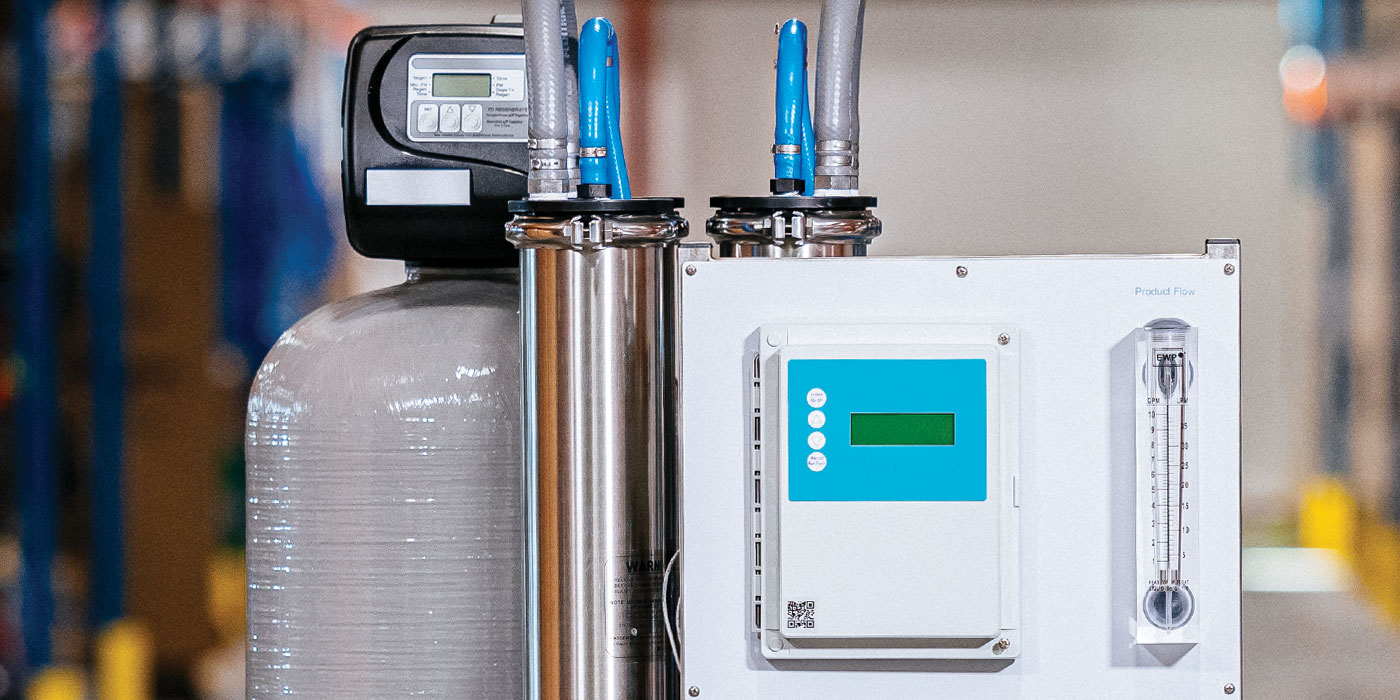As a carwash operator, you already have checklists that tell you to grease bearings, clean photo eyes, check nozzles, refill cleaning solutions and so on. How do the industry leaders take maintenance to the next level? Here are four philosophies and three habits that help avoid downtime and increase sales.
Four philosophies
View maintenance as an investment, not an expense
If you view maintenance as an expense, your people will instinctively begin to shortcut maintenance efforts. When your team understands that investments have a payoff, they will feel less pressure to skimp on maintenance. Consider the following:
- When maintenance is viewed as an expense, managers think: “We will have two people spend 30 minutes to maintain the equipment after closing. If we can do it faster, we will cut expenses.”
- When maintenance is viewed as an investment, managers think: “We will have two people spend 30 minutes to maintain the equipment after closing. Let’s see how much we can get done to extend the life of the equipment. If something needs extra attention, we will be increasing profits by dealing with it immediately and reducing our risk of downtime or major repairs.”
Do you scold or reward the employee who stays on the clock a little longer to take care of problems? Your reaction sets the standard for taking care of things right away — and in the right way.
Go beyond checklists
In addition to daily, weekly and monthly maintenance checklists, have you mapped out the optimum order and path for taking care of those items? If not, three bad things can happen:
- Not everything actually gets checked.
- Completing the checklist takes longer than needed.
- Your emphasis on having maintenance done correctly is diminished.
To plan the ideal maintenance route, try different sequences for checking your equipment and determine the one that works best for you. Which direction do you walk after entering first thing in the morning? What order do lights and equipment get turned on? How many passes are made through the back room? At what point do you check the compressor, and do you check it only visually or do you also listen for the correct sounds? How many ghost cars should run before opening, and what specific areas are watched for each test?
Having a specific order for your maintenance routine — and having high expectations and standards — ensures that you will have thorough, consistent and efficient maintenance.
Related: Meeting carwash maintenance requirements
Know your opportunity costs
How much income is lost if your equipment goes down? What are the costs of equipment or vehicle damage if an aging conveyor chain, conveyor motor, hose, nozzle, bearing or other part is not replaced until it fails? Yes, you might squeeze out another four months of use from that component, but at what potential cost?
When the risk of lost income plus emergency repair costs are greater than the remaining possible life of your replaceable parts, you should schedule a maintenance update.
Here is an example. Insert numbers that are more accurate for your operation.
- Costs related to a hydraulic hose break:
- Lost income from closing the wash for a day: $5,000
- Parts and labor to repair: $800
- Odds this incident would happen in the last six months of expected hose life: 20 percent
- The expected monetary value of a broken hose (costs × risk): $5,800 × 0.20 = $1,160.
- Cost of changing a hose before it breaks:
- Six months of possible service life you give up: $60
- Parts and labor for a planned hose changeover: $300
- Total cost to install new hoses: $360
Since the $1,160 of expected monetary value for the risk is greater than the $360 in planned maintenance costs, the maintenance should take place. Laws of probability say you will save about $800.
Buy equipment and products that simplify maintenance
If you feel that maintaining your equipment is a major headache or is not paying off, maybe it is because your equipment is simply susceptible to breakdowns.
When purchasing a system, ask the following questions:
- Does it use stainless steel or other non-corrosive materials in critical places, such as the bearings?
- Do moving parts have proper shock absorption, so cylinders, bearings, bumpers and bolts don’t give out prematurely?
- Is the thickness and weight of materials strong enough to last?
- Is the machinery’s design built to sustain many repetitions?
Additionally, you can make your maintenance easier with two types of products. First, consider using Loctite or some other engineering adhesive to help bolts and screws stay in place despite vibrations. Second, use marine-grade anti-seize lubricants to keep fasteners and other adjacent parts from becoming frozen together. The right adhesives and lubricants reduce your maintenance and repair times.
Three habits
Touch the equipment
If new operators get to know their machinery, then they will be better able to recognize early warning signs of potential problems and avoid costly situations. For example:
- Push the posts — you might discover a loose floor bolt.
- Swing a brush arm — you will know when a dampening cylinder needs oil or if you have a line leak.
- Hug and turn brushes — you will feel when a set screw is loose or a shaft key has shifted.
Don’t be afraid of getting wet or having to reattach a hose. Turn the brushes. Squeeze the brush foam. Pull the wraps. Become the “carwash parent” who instantly senses when something is wrong.
Keep your eye on the potential points of failure
Train your team to learn and scan the potential points of failure by keen observation of the less flashy parts of your equipment.
- Know the height of bolts so you can see when one starts to change, signaling a loose bolt.
- Memorize gaps around bearings so you can spot an uneven slant that may mean a bearing is going out.
- Know where air cylinders are located and where they attach to equipment so you can detect loose rod ends.
- Know how much slack chains or belts should have so you will see when adjustments or replacements are needed.
- Be familiar with spray patterns made by nozzles, rain bars and foam applicators so you can identify clogs.
Also, use a wrench, screwdriver or even pry bar while checking equipment so you can verify things are still tight.
Pay attention to detail
Show employees and customers that maintenance matters. Be meticulous in all areas of your operation — seen and unseen. Employees will carry that value on to all maintenance areas.
For example, are employee uniforms clean and worn correctly? Are the nozzles free of buildup? Are there stains on the equipment room floor? Are work areas neat and organized? Is the parking lot free of trash and the landscaping manicured?
Don Burr, CEO of the 1980s airline People Express Airlines, once said, “If passengers see coffee stains on the food tray, they assume the engine maintenance isn’t done right.” At a carwash, employee and customer perceptions are formed by the little things.
Incorporate these philosophies and habits into your company culture, and you will be rewarded with a better maintenance program, more consistent wash quality, greater uptime and bigger profits.
Richard Castellow is Senior Project Manager and Howard Cooper is Technical Support for MacNeil Wash Systems, a division of National Carwash Solutions. Both are instructors for the MacNeil Tunnel Maintenance and Repair Course at the NCS College of Clean. If you have any questions about this article, they can be reached at [email protected] or [email protected]. For information on the College of Clean, please visit www.macneilwash.com/college-of-clean or call (855) 893-1393.

